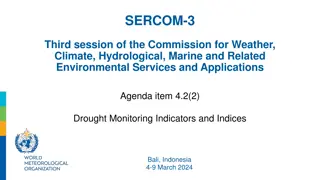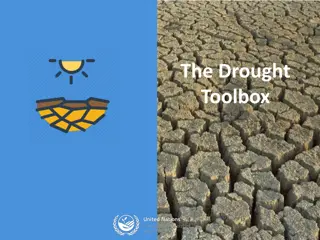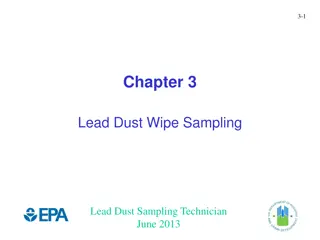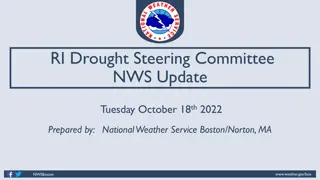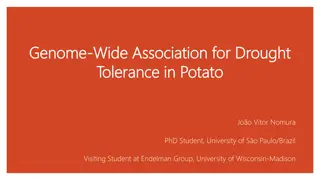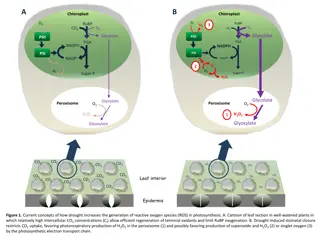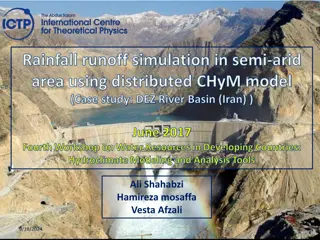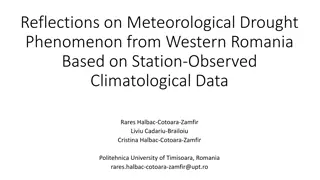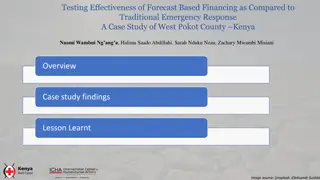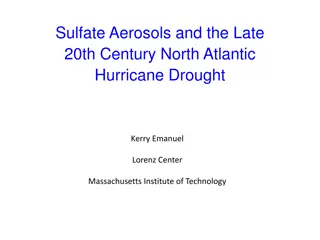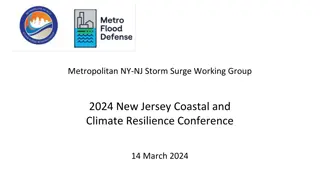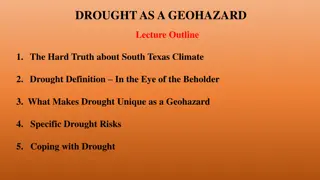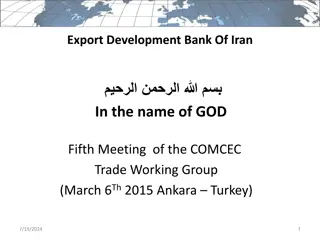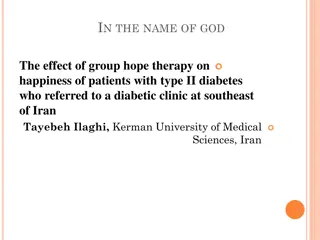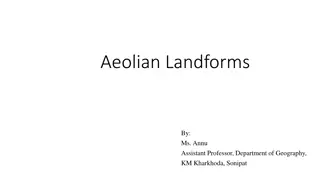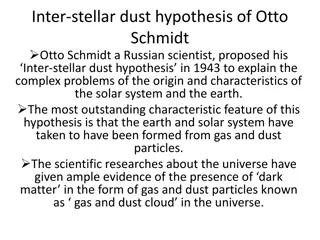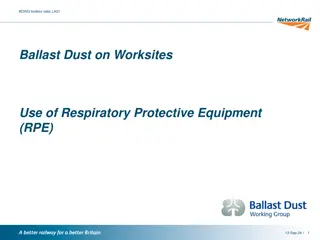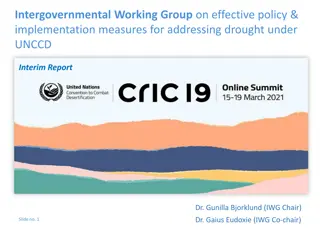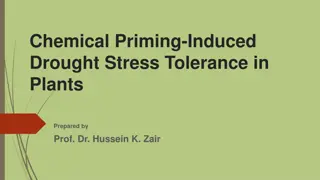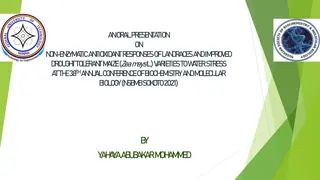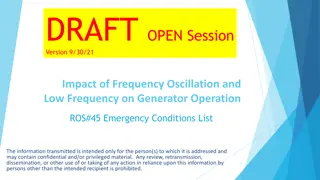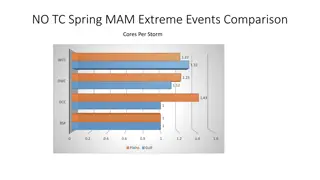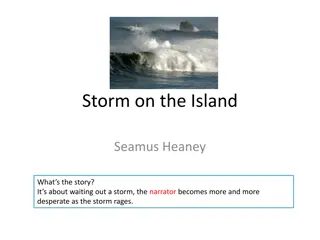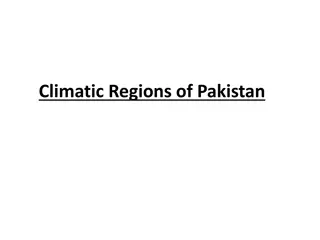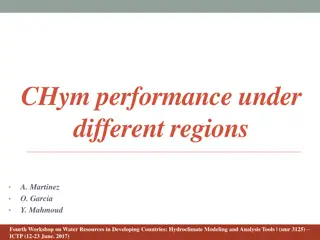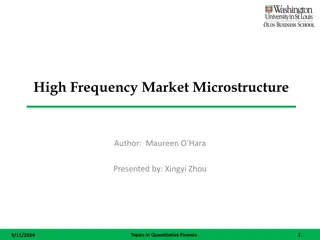Investigating Dust Storm Frequency and Extreme Drought Relationship in Arid Regions of Iran
This research by Reza Modarres and Poria Mohit Isfahani from Isfahan University of Technology explores the temporal changes in dust storm frequency in arid regions of Iran, examining how drought impacts the frequency in changing environments and the relation between extreme droughts and dust storm occurrence. The study uses methods like Rolling Kendall's Tau correlation and Copula Functions to analyze data on dust storms and drought indices. Various spatial and seasonal patterns of dust storms are also investigated.
Download Presentation

Please find below an Image/Link to download the presentation.
The content on the website is provided AS IS for your information and personal use only. It may not be sold, licensed, or shared on other websites without obtaining consent from the author. Download presentation by click this link. If you encounter any issues during the download, it is possible that the publisher has removed the file from their server.
E N D
Presentation Transcript
Dust storm frequency in relation to extreme droughts in arid regions of Iran RezaModarres1*, Poria Mohit Isfahani 2 1,2 Department of Natural resources, Isfahan University of technology, Iran Email: reza.modarres@iut.ac.ir * Center of Exclence for Risk management and natural hazars, Isfahan University of technology, Iran
Research questions 1- How is the temporal change of dust storm frequency in arid regions of Iran? 2- How droughts impact dust storm frequency in the changing environment? 3. How extreme droughts are related to dust storm frequency?
Methods and data Data 1. Monthly Number of dust storms (NDD) when visibility is less than 1Km for stations of arid regions of Iran 2. Standardized Precipitation Index (SPI) time series in the selected stations as drought Index Methods 1. Rolling kendal s Tau correlation coefficent between SPI and NDD 2. Copula Functions to calculate joint (conditional) probability between drought and NDD
Copula Theorem Sklar's theorem: = F x , ( ,x ) C F x , ( ( ) ,Fd ( x )) 1 d 1 d Archimedean Copulas formulation. Name Cumulative Copula function Acceptable uv u -1 1 C( , ) =1- (1- )(1- ) Ali-Mikhail-Haq (AMH) u v v 1 0 Clayton - - C( , ) = ( u v + -1) u v - u v - 1 (e -1)(e e -1 -1) 0 Frank C( , ) = - u v ln 1+ - 1 C( , ) = exp - (-ln ) +(-ln ) u v 1 Gumbel u v 1 1 Joe C( , ) =1- (1- ) +(1- ) -(1- ) (1- ) u v u v u v
Temporal change in the average Number of dusty Days (NDD) per Station
Spatial pattern of Annual Average and Maximum NDD Average annual NDD Maximum annual NDD
Seasonality of NDD Spring Summer
Seasonality of NDD Autumn Winter
Examples of rolling Kendals tau correlation between SPI and NDD
Drought and NDD Interaction Drought Duration Drought Severity
Concluding remarks Dust storm frequency in relation to drought is changing due to climate variability Dust storms have higher co-occurrence likelihood with Severe and extreme droughts The increasing number of dust storm frequency has a non-linear association with extreme droughts The higher drought duration will increase the number of dust storms
Thank You Reza Modarres https://rezamodarres.iut.ac.ir Email: reza.modarres@iut.ac.ir Twitter: @RezaModarres2 Poria Mohit Isfahani https://www.researchgate.net/profile/ Poria-Mohit-Esfahani-2 Email: Poriamohit.72@gmail.com





